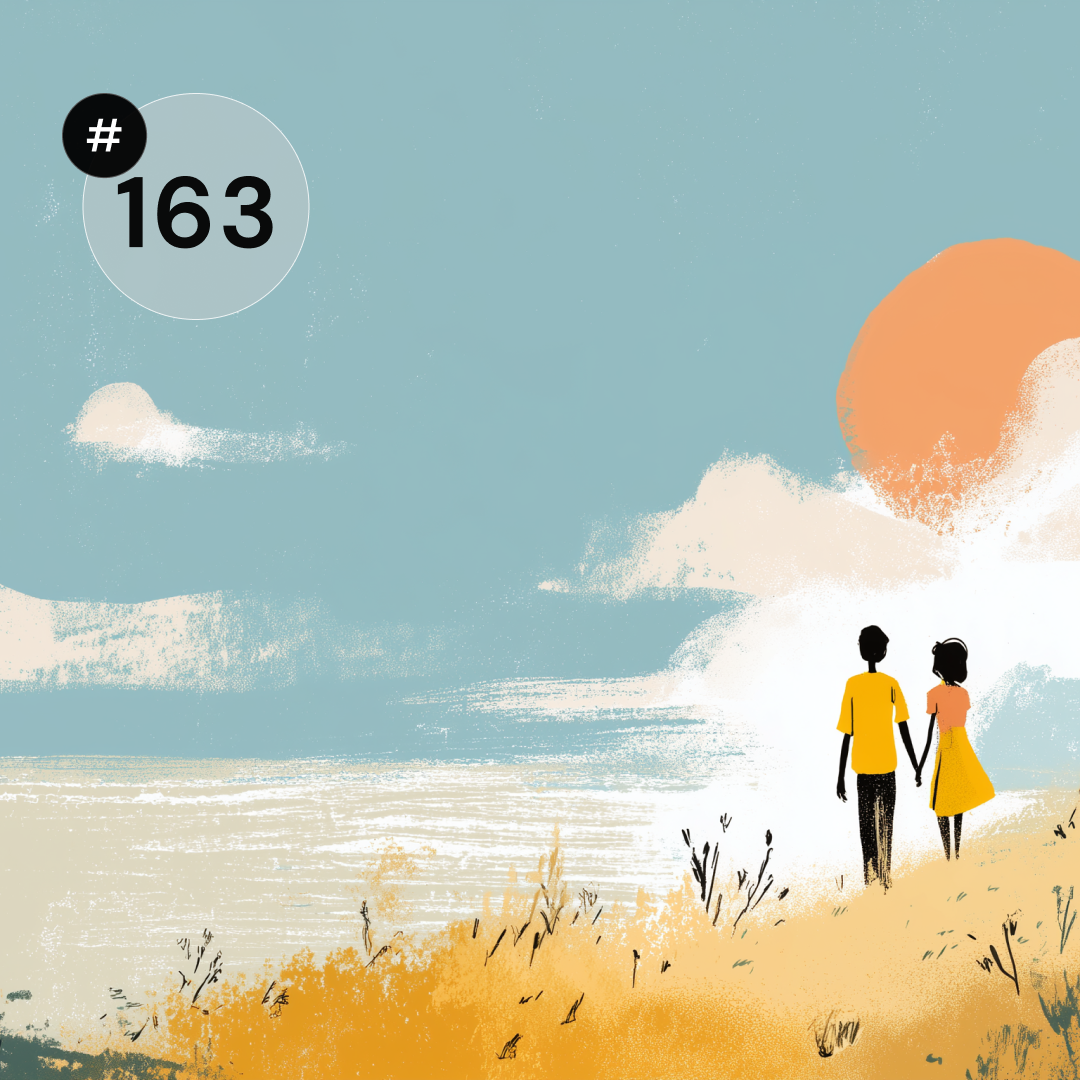CX Czwartek #163
W projektowaniu, podobnie jak w życiu, warto czasem zatrzymać się i spojrzeć szerzej. W tym wydaniu newslettera piszemy o dostępności, inspiracjach UX zaczerpniętych z kinematografii oraz o tym, jak może wyglądać mniej inwazyjna przyszłość reklamy.






